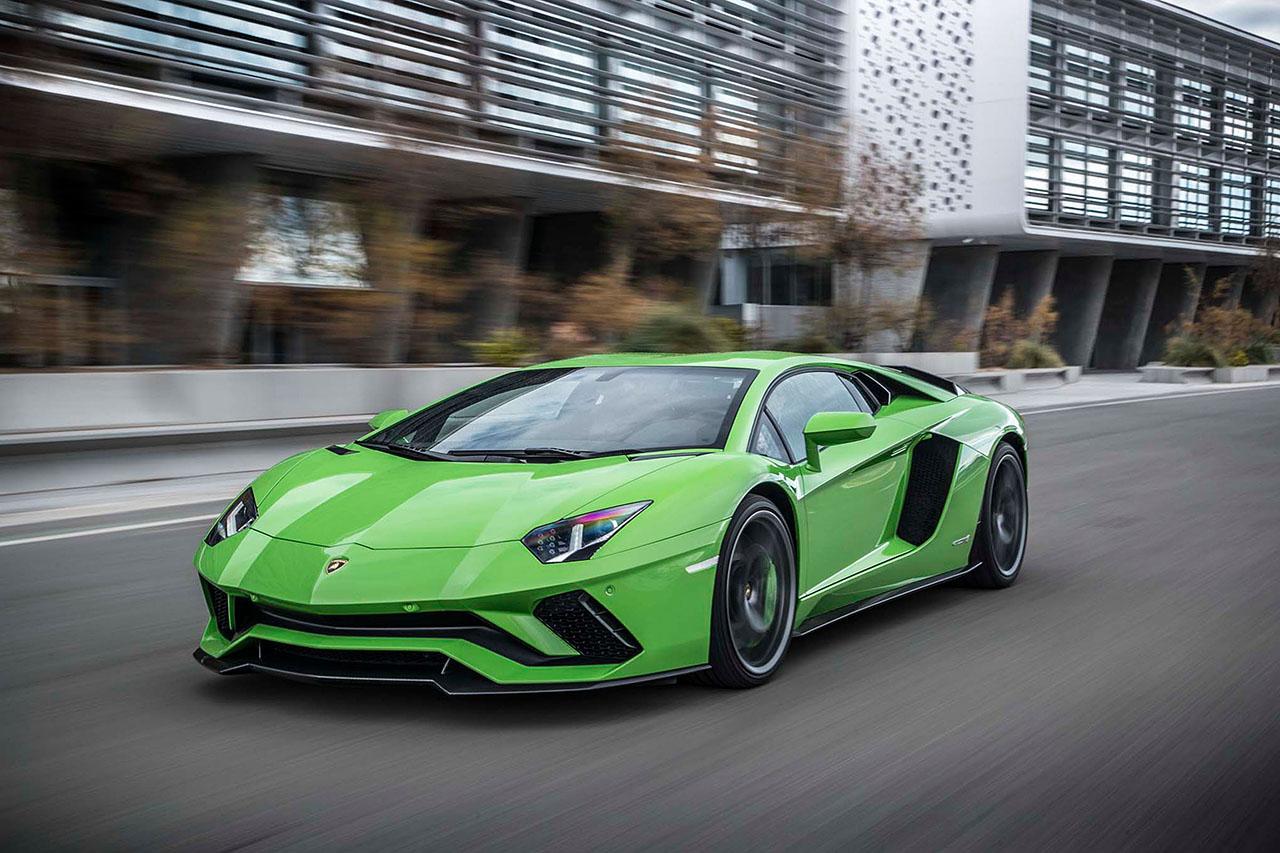In high-end automobiles, the design and functionality of car doors have evolved into a symbol of innovation and luxury. Scissor and butterfly doors are the most distinctive and visually striking types. This article delves into the intricate world of these door mechanisms, offering a detailed comparison for an audience that appreciates the nuances of automotive design and engineering.
The evolution of car doors from mere functional components to aesthetic and technical marvel elements is a testament to the automotive industry’s pursuit of excellence and distinction. Scissor and butterfly doors, often seen adorning the world’s most luxurious and high-performance vehicles, are not just about visual appeal; they represent a pinnacle of engineering creativity and ergonomic design.
This article will dissect the mechanics behind these door types, their historical origins, and the specific advantages they bring to automotive design.
While scissors and butterfly doors serve a common purpose of access and egress in tightly spaced environments, their unique approaches to solving this challenge have led to diverse applications and adaptations in the automotive world. Scissor doors, known for their upward, vertical opening motion, hinge at a fixed point near the front of the door and are synonymous with brands like Lamborghini. On the other hand, butterfly doors open both upwards and outwards, are hinged along the A-pillar, and are a signature feature of models from McLaren and Ferrari.
Scissor Doors vs Butterfly Doors: History and Origin
Scissor Doors:
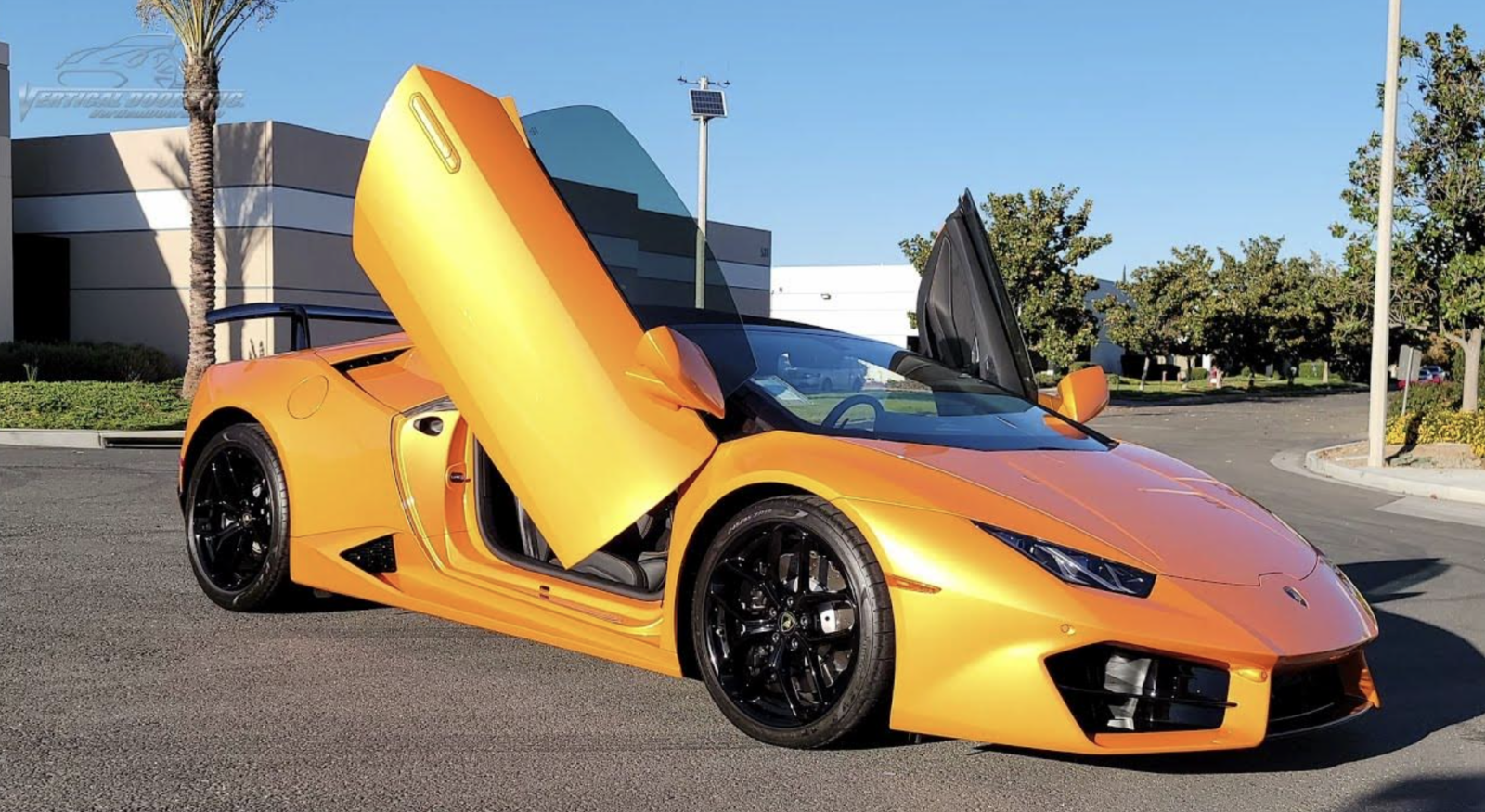
The origin of scissor doors is often traced back to the iconic Lamborghini Countach, introduced in the early 1970s. This design was a stylistic choice and a practical solution to the car’s wide and low profile, which made conventional doors impractical. The scissor door’s upward motion allowed for easier access in tight spaces, a feature that became synonymous with Lamborghini’s design ethos.
Butterfly Doors:
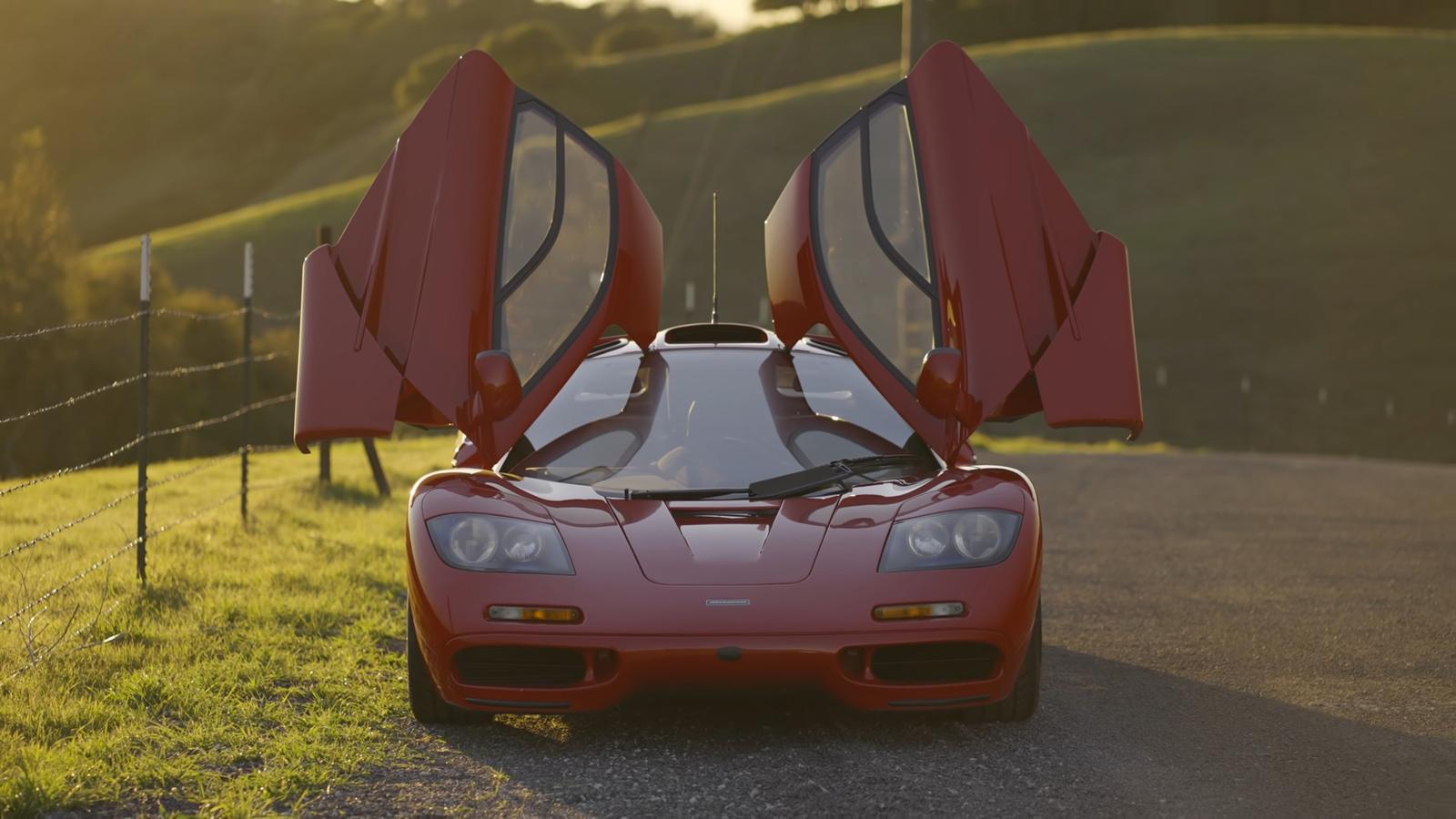
Butterfly Doors made their debut with the legendary McLaren F1 in 1992. This design was chosen for its practicality and aesthetic appeal. The McLaren F1’s butterfly doors allowed a more comfortable entry and exit from its central driving position, a unique car feature. The butterfly mechanism also complemented the vehicle’s aerodynamic profile, enhancing its performance credentials.
Differences Between Scissor and Butterfly Doors
At first glance, scissors and butterfly doors may seem similar, offering a dramatic flair. However, their mechanics and aesthetics are distinctly different.
Scissor Doors
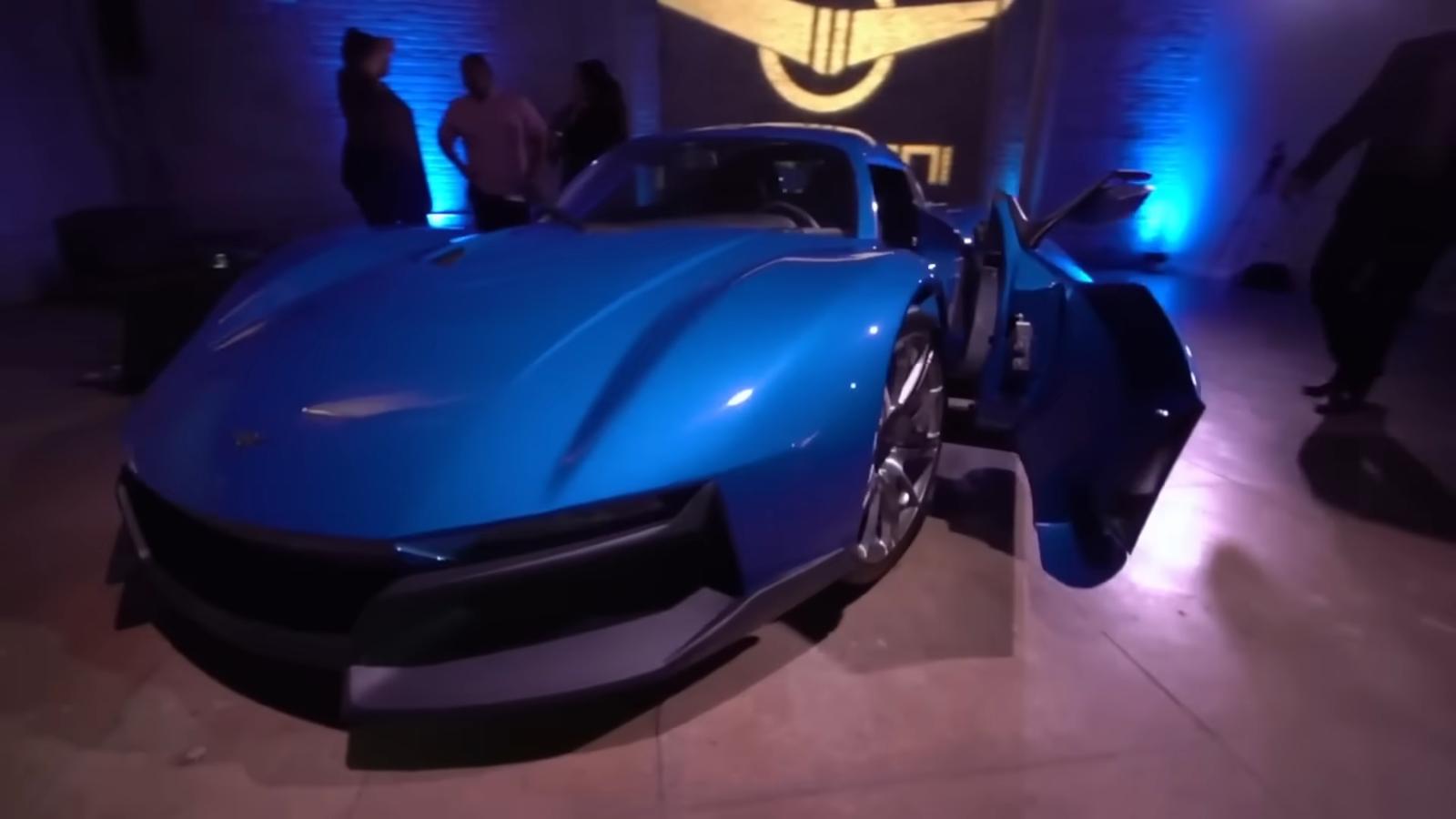
Scissor Doors pivot vertically on a hinge near the front of the door, moving upward and slightly outward. This design minimizes the space needed to open the door, making it an ideal choice for tight parking spots and garages. The vertical movement creates a bold, upward-sweeping motion, often associated with performance and luxury cars.
Butterfly Doors
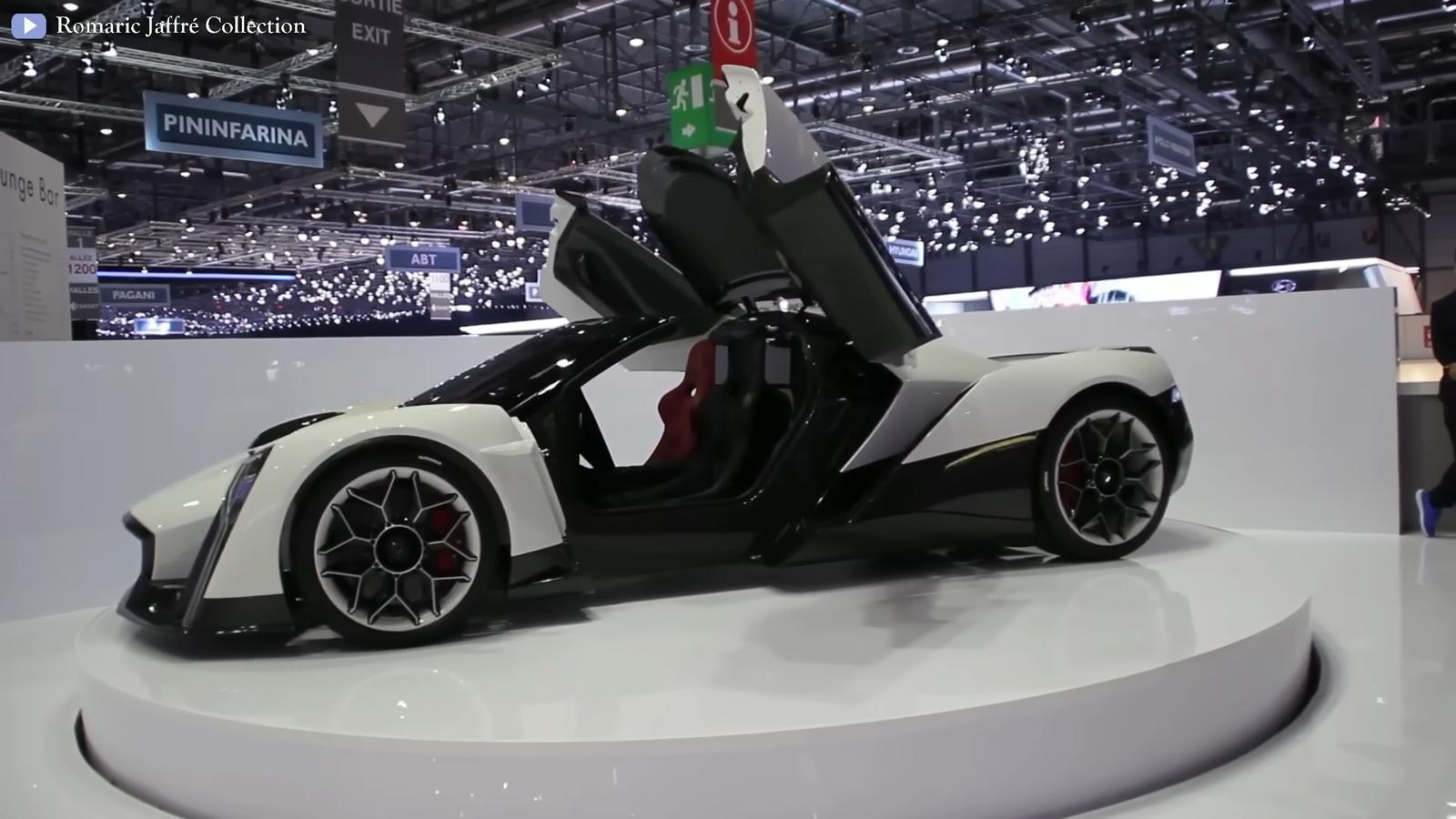
On the other hand, Butterfly Doors are hinged at the top of the door frame and the lower part of the A-pillar. When opened, they move outward and upward, resembling a butterfly’s wings. This design requires more lateral space than scissor doors but offers a wider opening for easier entry and exit. Butterfly doors are often found on high-performance sports cars and exotics, adding an element of drama and exclusivity.

Scissor and butterfly doors deviate from the traditional design of automotive doors, adding a unique flair to high-end sports cars. Both represent luxury and innovation, with the vertical rise of scissor doors and the wing-like extension of butterfly doors. They are not mere accessories in brands like Lamborghini and McLaren but are crucial to the vehicles’ mystique and identity.
Despite their similarities, these doors have marked differences. Scissor doors pivot vertically at a fixed point, as seen in Lamborghini’s Aventador and Murciélago, requiring less side space, making them a fashionable yet pragmatic choice. Conversely, butterfly doors, like those on the Lamborghini Reventón, swing outward and upward, demanding more lateral room but giving a striking visual impact.
The contrast isn’t just in the opening mechanism. Factors like cost, installation, and general appeal differ significantly between the two. Scissor doors might provide broader compatibility with various vehicle models and brands, giving more options for car enthusiasts interested in custom modifications.
These doors also narrate a tale of evolution in car design. Lamborghini’s utilization of both scissors and butterfly doors signifies their dedication to innovative design, while other manufacturers align with their specific brand philosophies. The choice of door isn’t simply about looks; it symbolizes what the brand embodies.
Iconic cars showcase these doors, each mirroring the brand’s creativity and vision. Vehicles like the Lamborghini Aventador with scissor doors or the McLaren P1 with butterfly doors challenge the conventional, fusing aesthetics with functionality.
Experts in automotive design and engineering highlight the significance of these doors in crafting a unified and forward-thinking design. They’re not just about appearance; they reflect the brand’s essence and future aspirations.

The consistent implementation of scissors and butterfly doors in renowned vehicles has cemented their status in car culture. The stunning look of a Lamborghini with scissor doors or the graceful posture of a McLaren with butterfly doors continues to captivate designers, fans, and collectors.
These doors are not merely functional components; they’re entryways into a world of design that keeps pushing boundaries and respecting tradition while exploring new horizons. Analyzing these door types helps us grasp not only their mechanics and beauty but also a profound design philosophy that extends beyond the car industry.
Advantages of Scissor and Butterfly Doors
Scissor Doors:
- Space Efficiency: Scissor doors are ideal for tight parking spaces, as they require less lateral clearance than traditional doors.
- Aesthetic Appeal: The upward opening motion adds a dramatic flair, often associated with luxury and performance vehicles.
- Improved Accessibility: In low-slung cars, scissor doors facilitate more accessible entry and exit than conventional doors, as they open higher and create more space above the seat.
- Safety in Accidents: In some scenarios, scissor doors can be easier to open during a rollover than standard doors.
Butterfly Doors:
- Ease of Entry and Exit: The wider opening provided by butterfly doors makes getting in and out of low and wide cars more convenient, especially in models with a central driving position.
- Design Statement: Like scissor doors, butterfly doors are a statement of luxury and exclusivity, often used in high-end sports cars.
- Aerodynamic Efficiency: Some designs integrate the door mechanism into the car’s aerodynamic profile, potentially enhancing performance.
- Visibility: When open, butterfly doors offer better visibility for drivers and passengers than traditional doors.
Disadvantages of Scissor and Butterfly Doors
Scissor Doors:
- Complexity and Cost: The mechanism of scissor doors is more complex than standard doors, leading to higher manufacturing and maintenance costs.
- Weight: The additional hardware can add weight, affecting the car’s performance and fuel efficiency.
- Durability Concerns: Over time, the hinges and struts of scissor doors may require maintenance due to wear and tear.
- Limited Practicality in Some Scenarios: Even the upward-opening scissor doors may require more effort to maneuver in tight spaces.
Butterfly Doors:
- Space Requirements: Butterfly doors require more lateral space to open, making them less practical in tight parking situations.
- Complex Mechanism: Like scissor doors, the butterfly door mechanism is intricate and costly to produce and maintain.
- Weather Exposure: Opening these doors in the rain or snow can allow water to enter the cabin more quickly than traditional doors.
- Potential Safety Issues: In certain types of accidents, butterfly doors might be more challenging to open if the car flips onto its side.
Current Manufacturers who Use Scissors and Butterfly Doors
Several car manufacturers continue to use these iconic door designs in their latest models:
Scissor Doors:
- Lamborghini: Models like the Aventador and Huracan feature the signature scissor doors, maintaining the brand’s tradition.
- Audi: Some special editions of the R8 have incorporated scissor doors, enhancing its supercar appeal.
Butterfly Doors:
- McLaren: Models such as the McLaren 720S and the P1 hybrid supercar feature butterfly doors, continuing the legacy of the F1.
- BMW: This i8 plug-in hybrid sports car uses butterfly doors, merging futuristic design with environmental consciousness.
Conclusion
Scissor doors and butterfly doors, while sharing a common lineage in the world of high-end automotive design, each offer a distinct experience and appeal. From the space-saving utility of scissor doors to the unparalleled elegance of butterfly doors, these unique design elements continue to inspire car enthusiasts and manufacturers alike.
While both door types encapsulate a pursuit of innovation, their real-world applications, costs, and practicalities must be considered. Whether it’s a symbol of luxury or a functional design solution, these doors are not merely an afterthought but an integral part of a vehicle’s identity, deserving of thoughtful consideration and appreciation.



